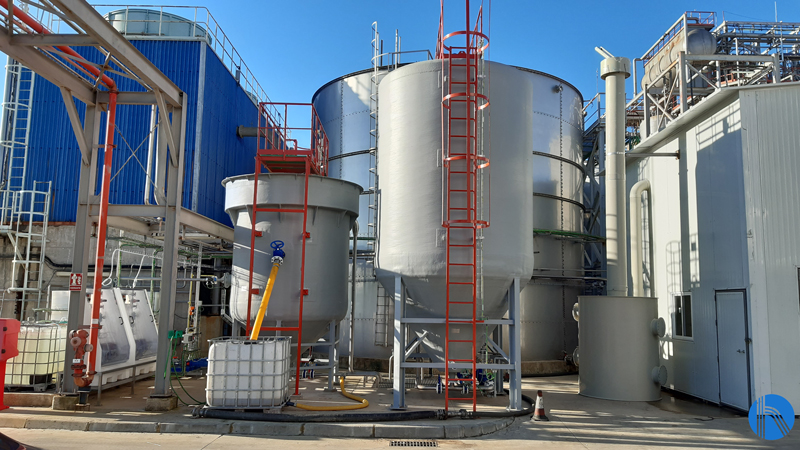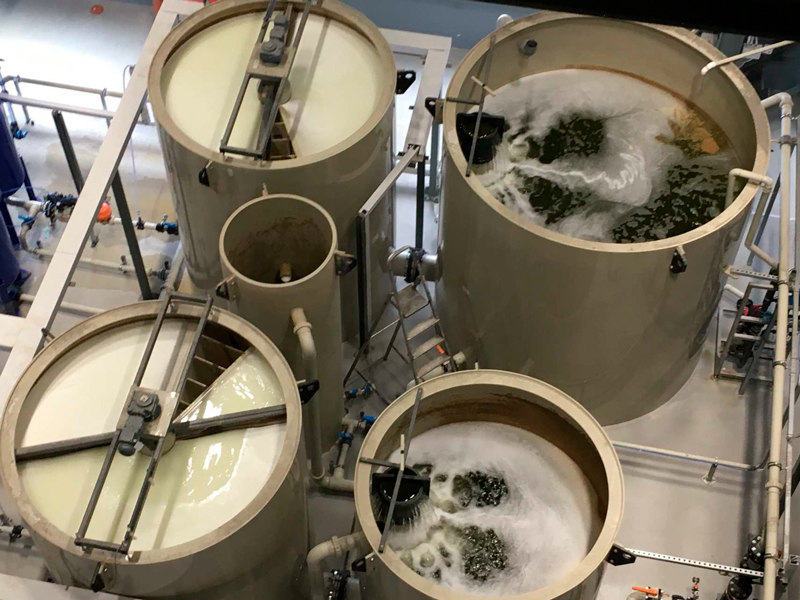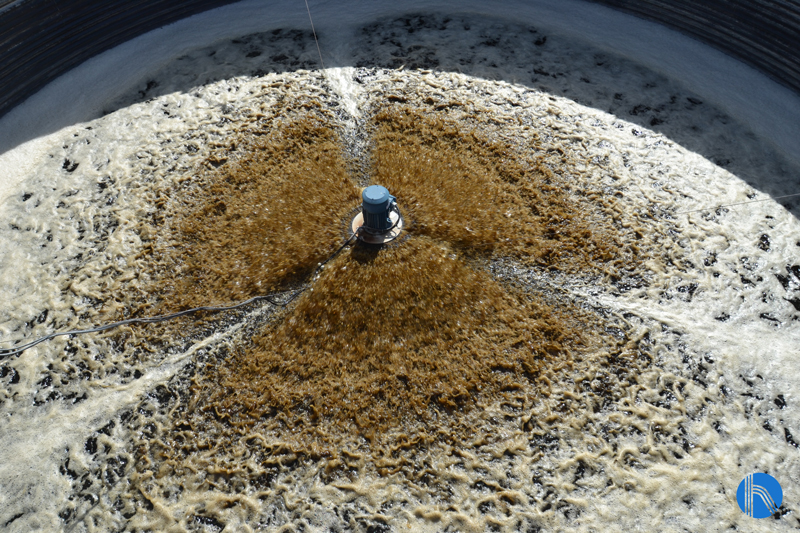This is the name given to all wastewater or effluent conditioning processes whose objective is to separate the greatest possible quantity of materials from the effluent, which, due to their nature or size, would cause problems in subsequent treatment.
All pretreatments are carried out by physical means and, depending on their purpose, the main systems applied are as follows:
Technologies
WASTEWATER PRETREATMENT
- Roughing: consists of the retention of the thickest solids (>1mm), such as plastics, wood, etc., in order to protect pumps and avoid obstructions in piping and valves. The water is passed through screens or sieves.
- Screening: this involves retention of finer solids (0.25 – 1mm) in order to reduce the contaminant load in the cleanest and most economical way possible, as well as to protect the subsequent purification processes.
- Desanding: this involves eparating gravel, sand, and suspended mineral particles from the effluent to avoid sedimentation and overloading in the sludge produced afterwards.
- Degrasing: as its name suggests, this involves removing fats and oils from the effluent so they don’t end up causing problems in the equipment and subsequent processes, as would usually occur in the decanter and activated sludge process (excess oils and fats prevent clarification by decantation, and unnecessarily increase the load in subsequent processes)
In this section we must mention hydrocarbon separation, which is used for water contaminated with vegetable oils, which are practically insoluble in water.
This technology is obligatory for use in service stations, car wash tunnels and garages, among others.
It ensures that most oils, greases, and fuels with a density lower than that of water float and are separated from the water.
There are 2 types of separators on the market, used depending on desired performance:- Class 1: HC < 5 mg/l effluent
- Class 2: HC < 100 mg/l effluent
- Homogenization: this operation is necessary when there are occasional variations in the quantity and quality of the effluent, which require the use of a homogenization tank to ensure that the treatment plant is continuously provided with the following additional advantages:
- To prevent the occurrence of spikes in contamination
- Optimization of chemical dosing
- Partial elimination of contaminant load










